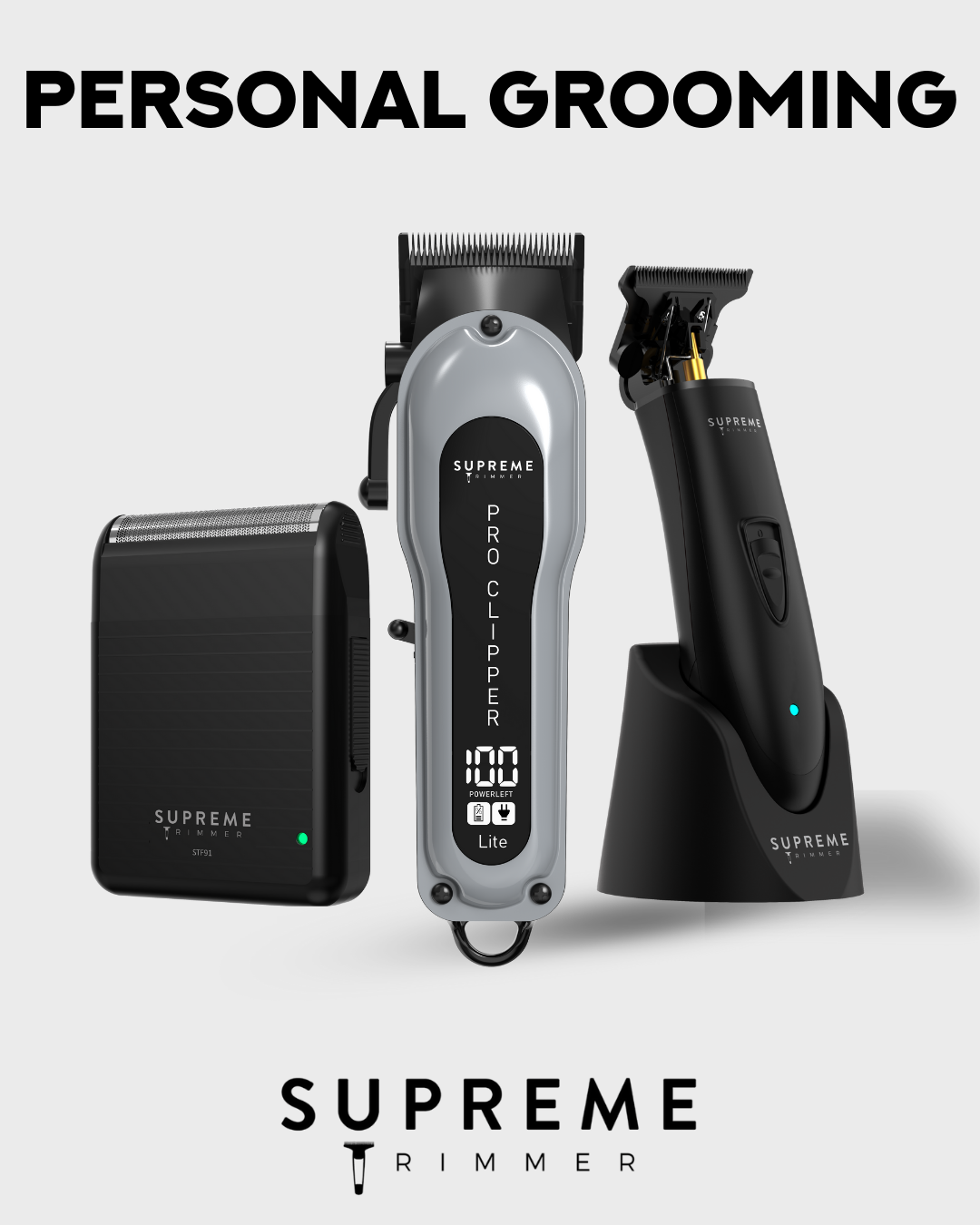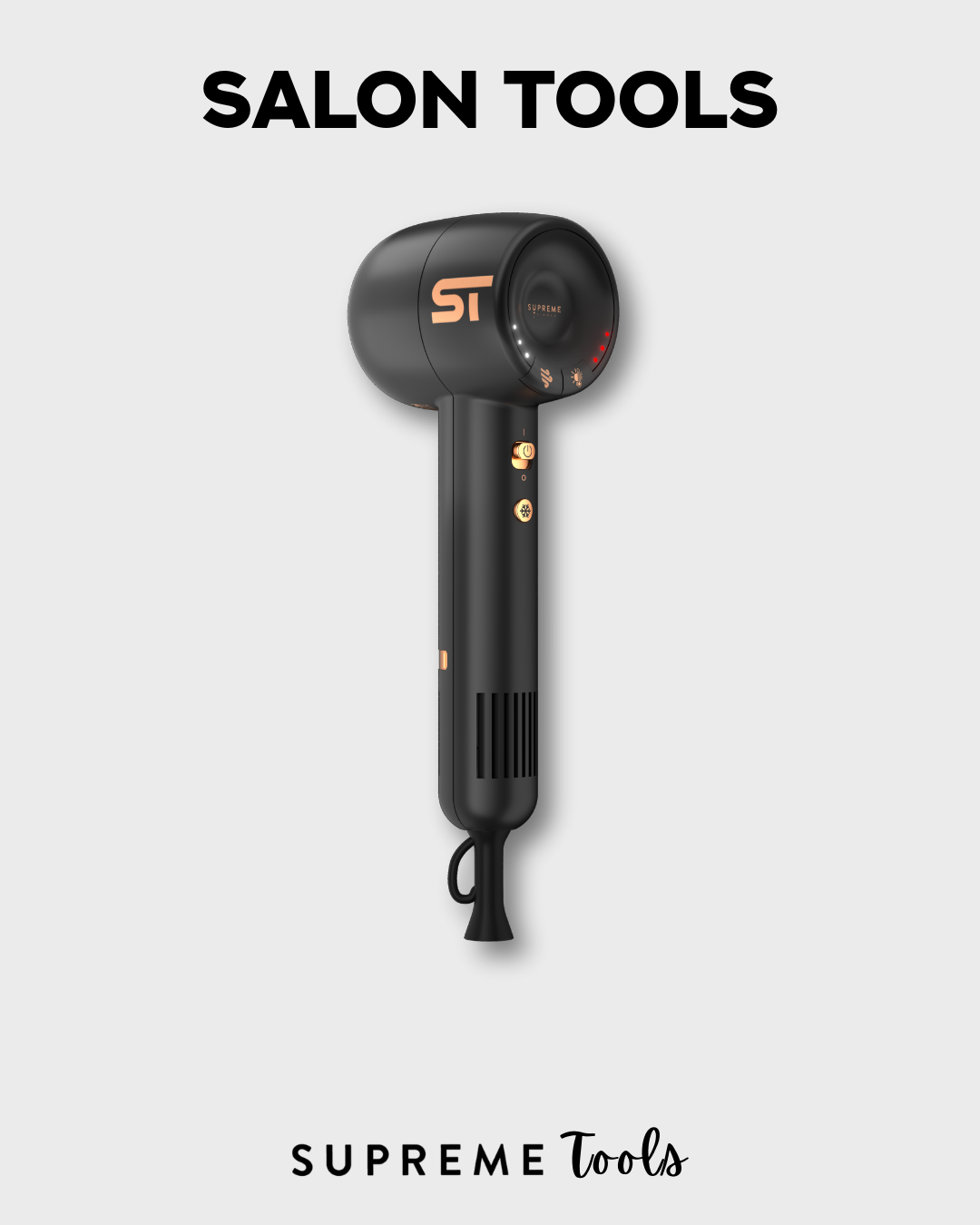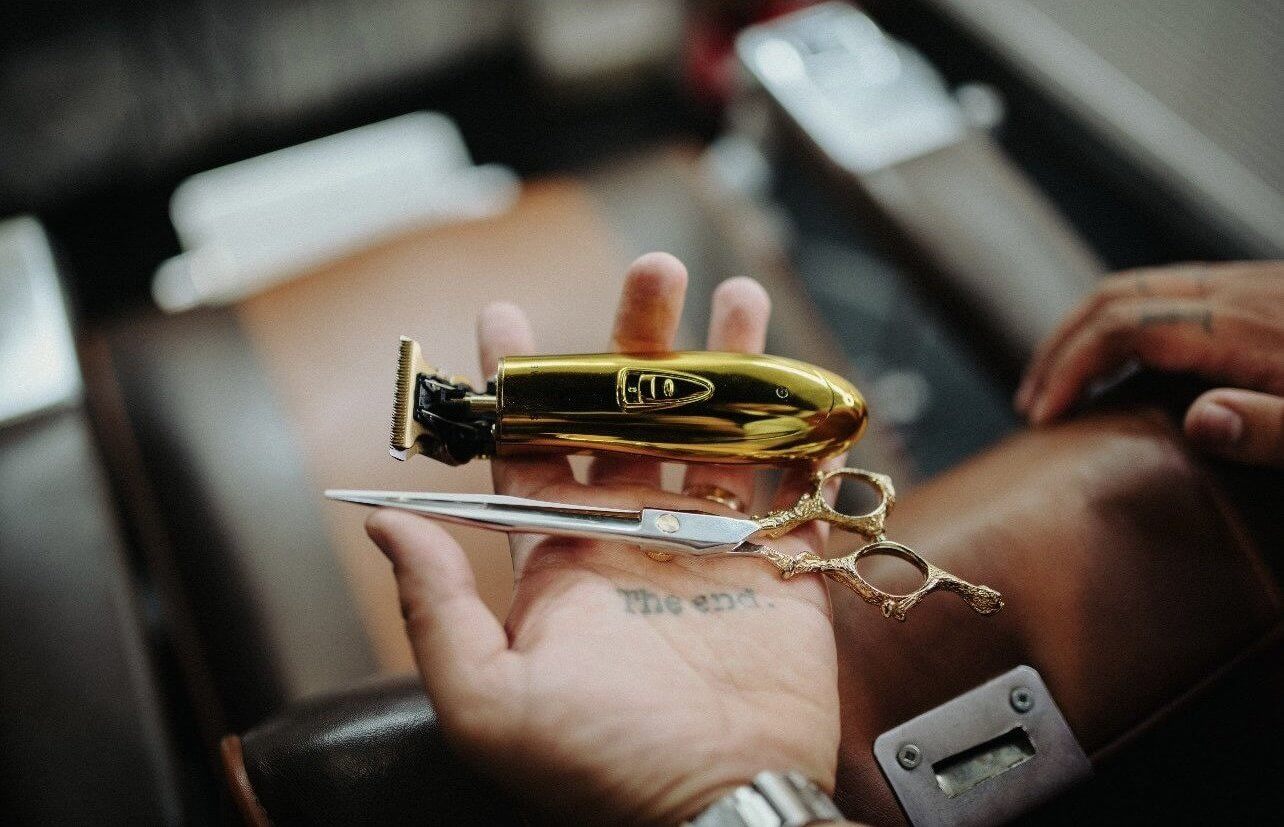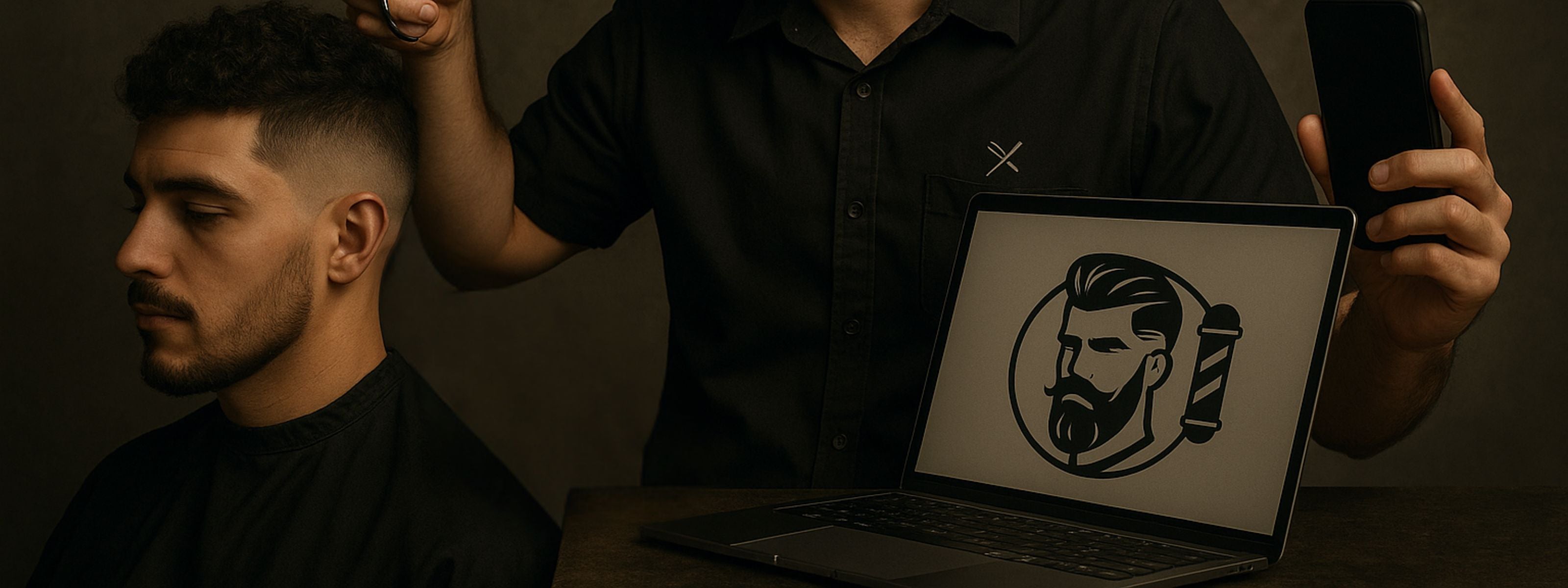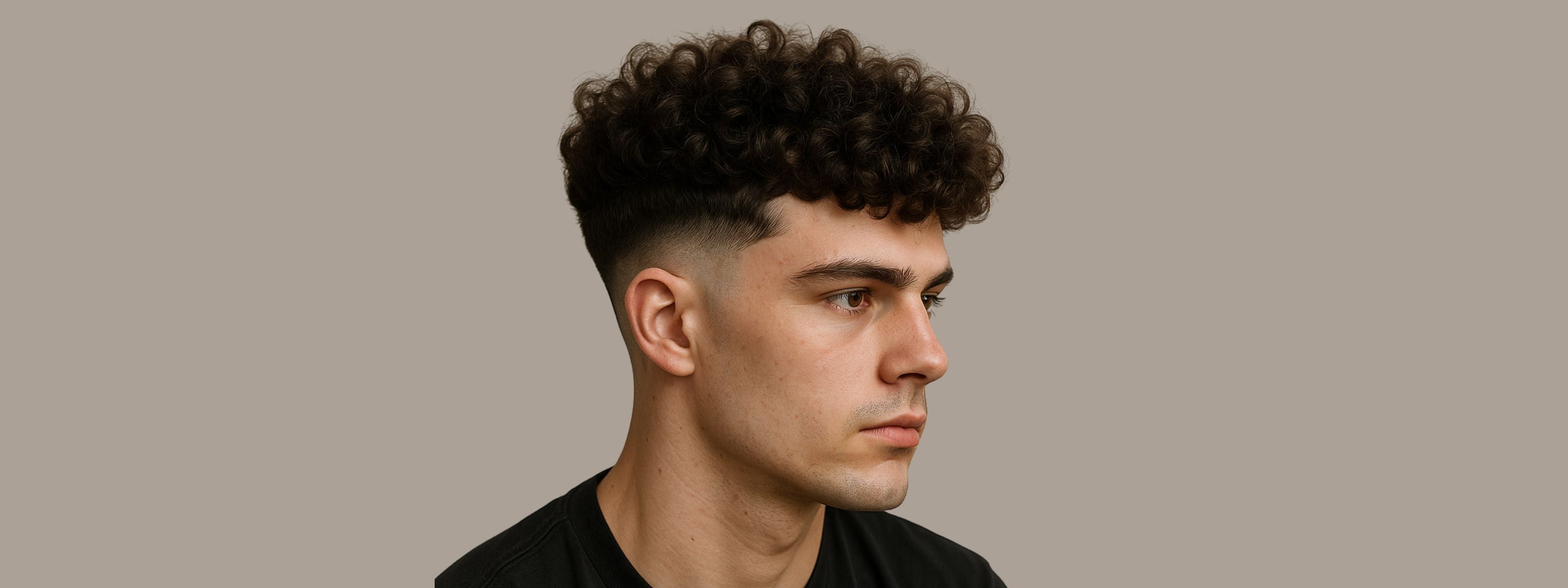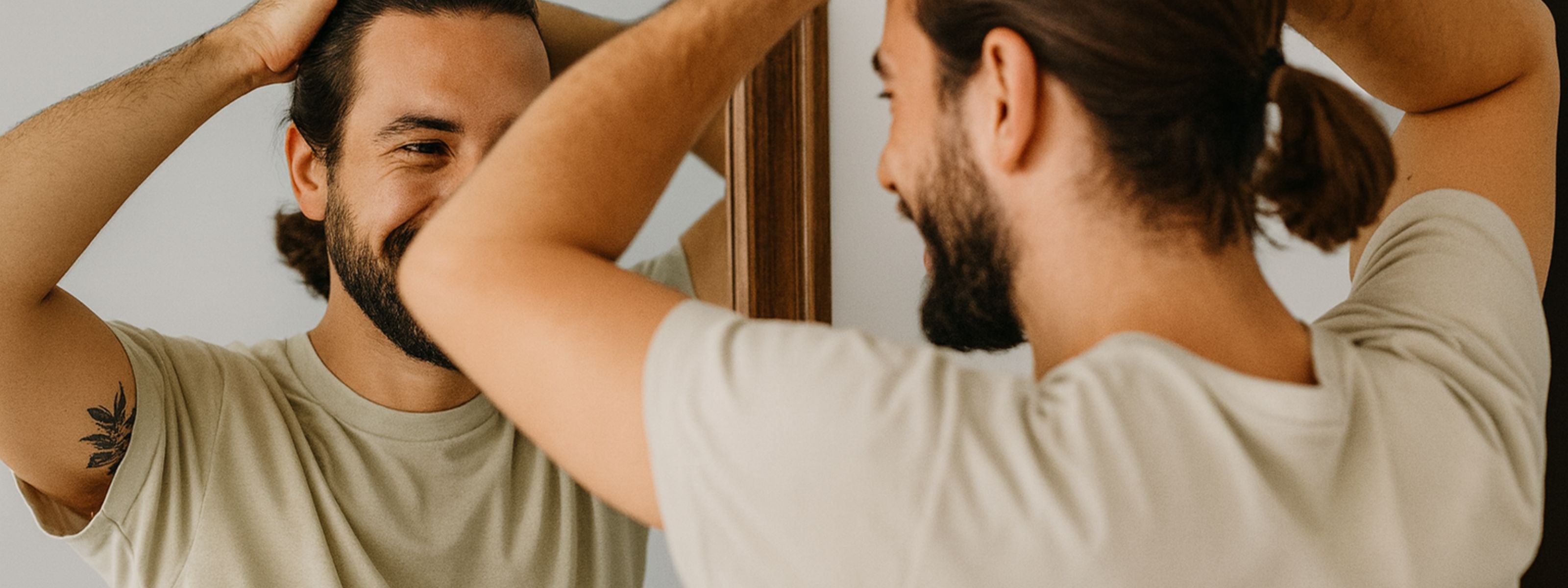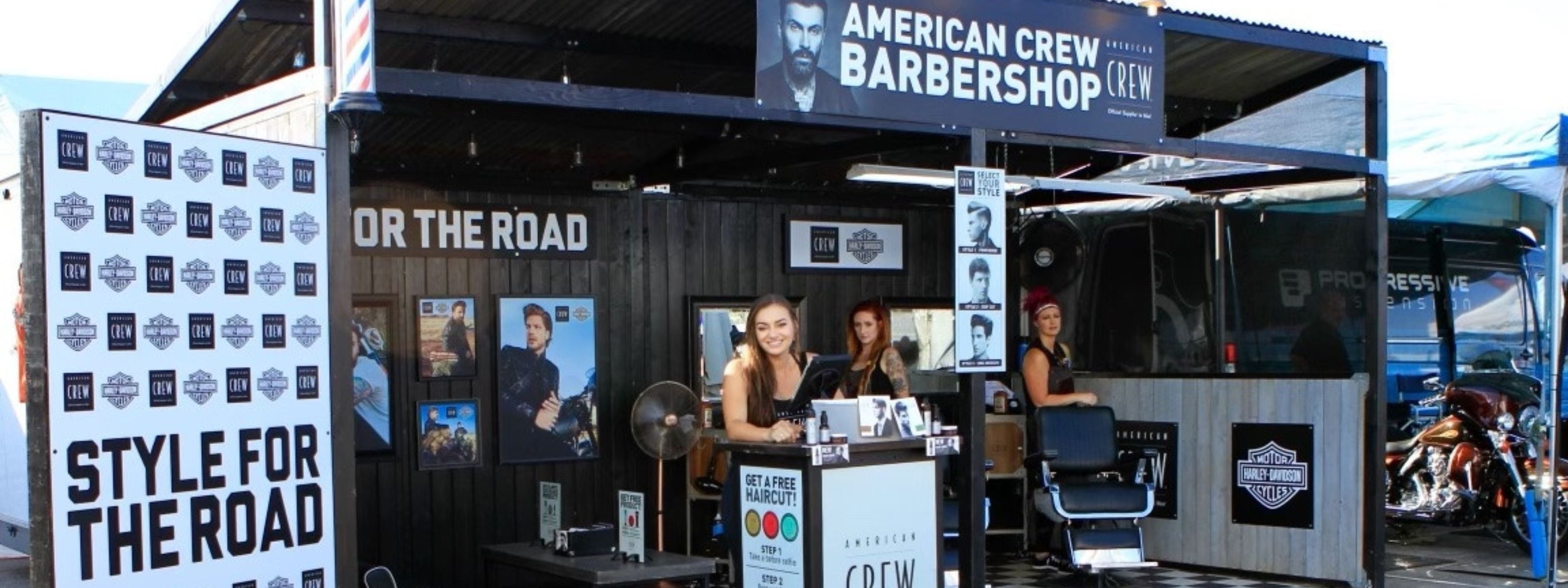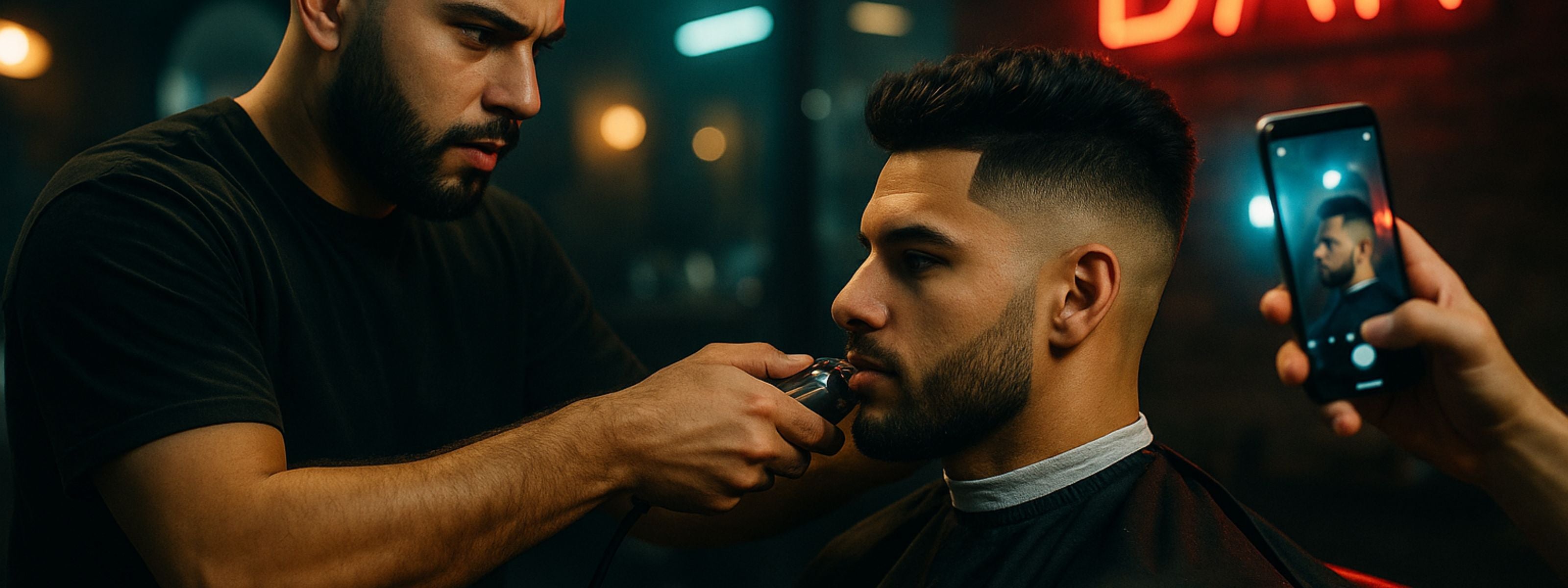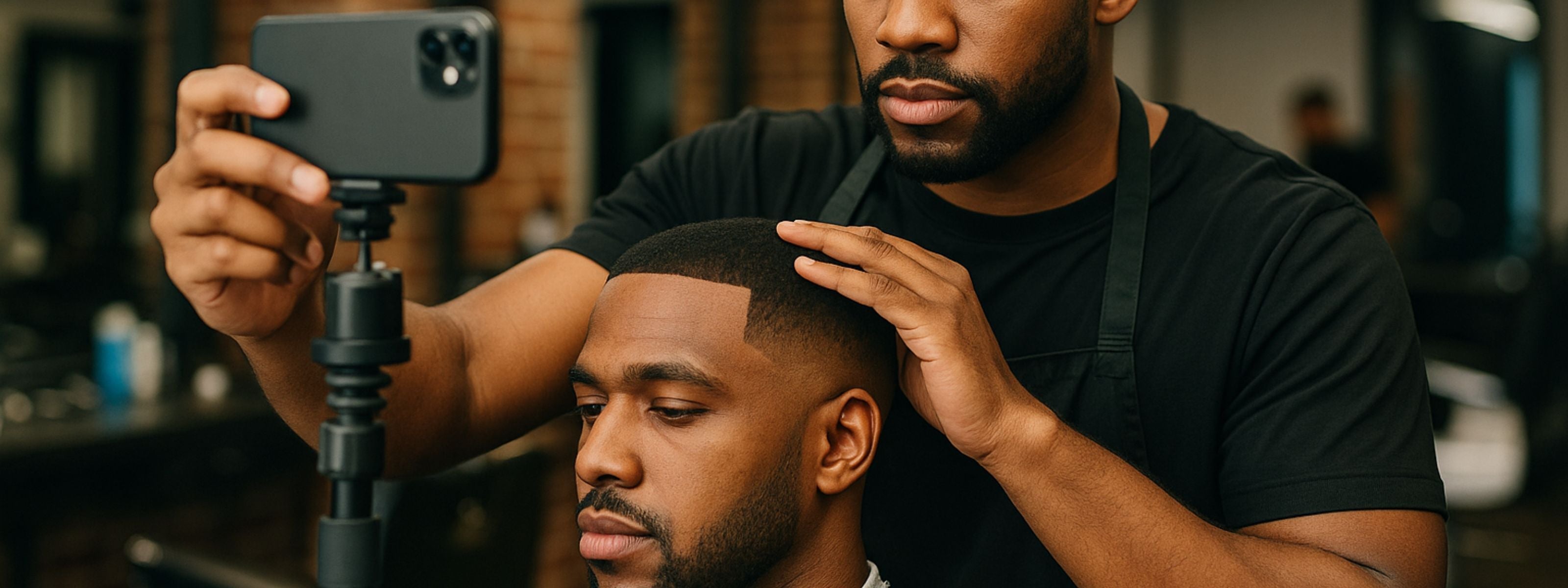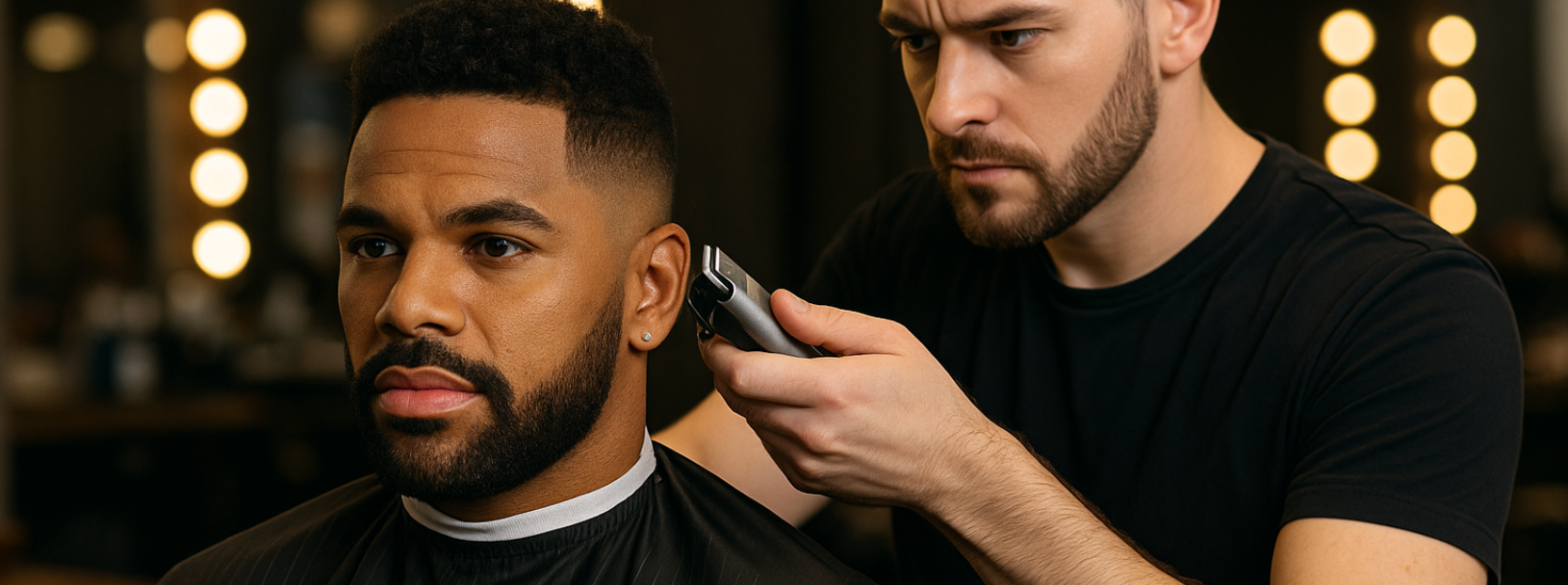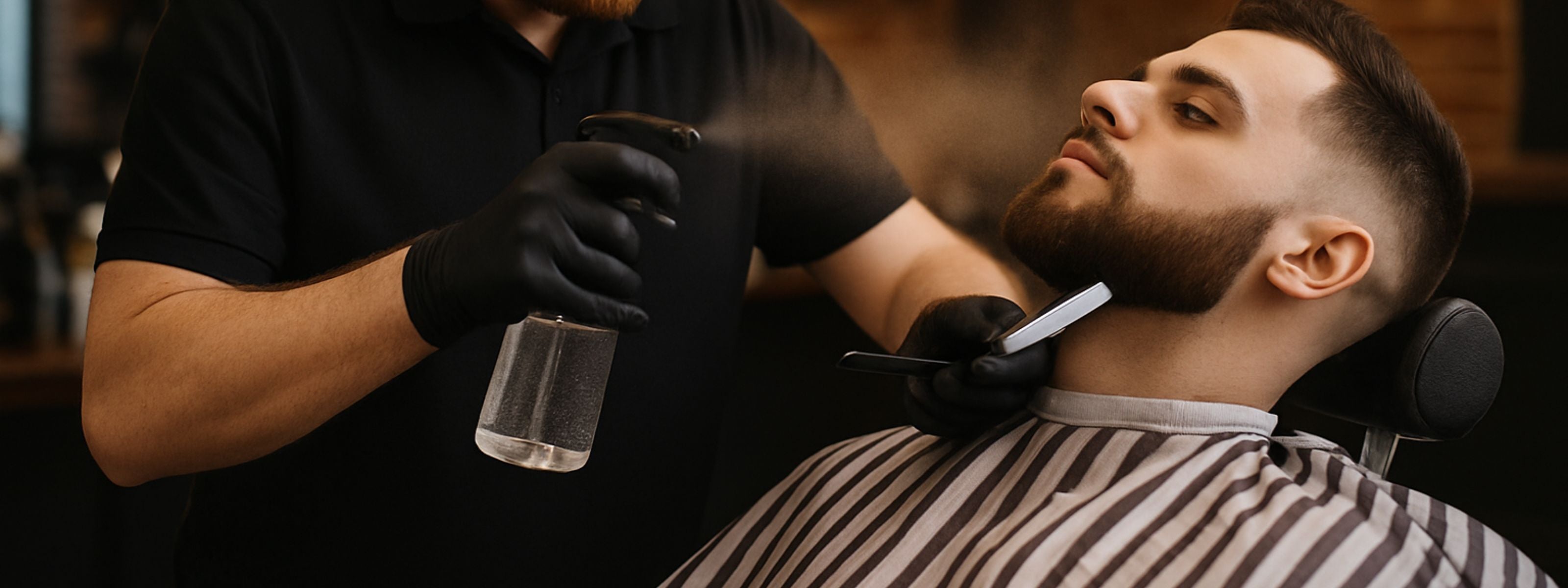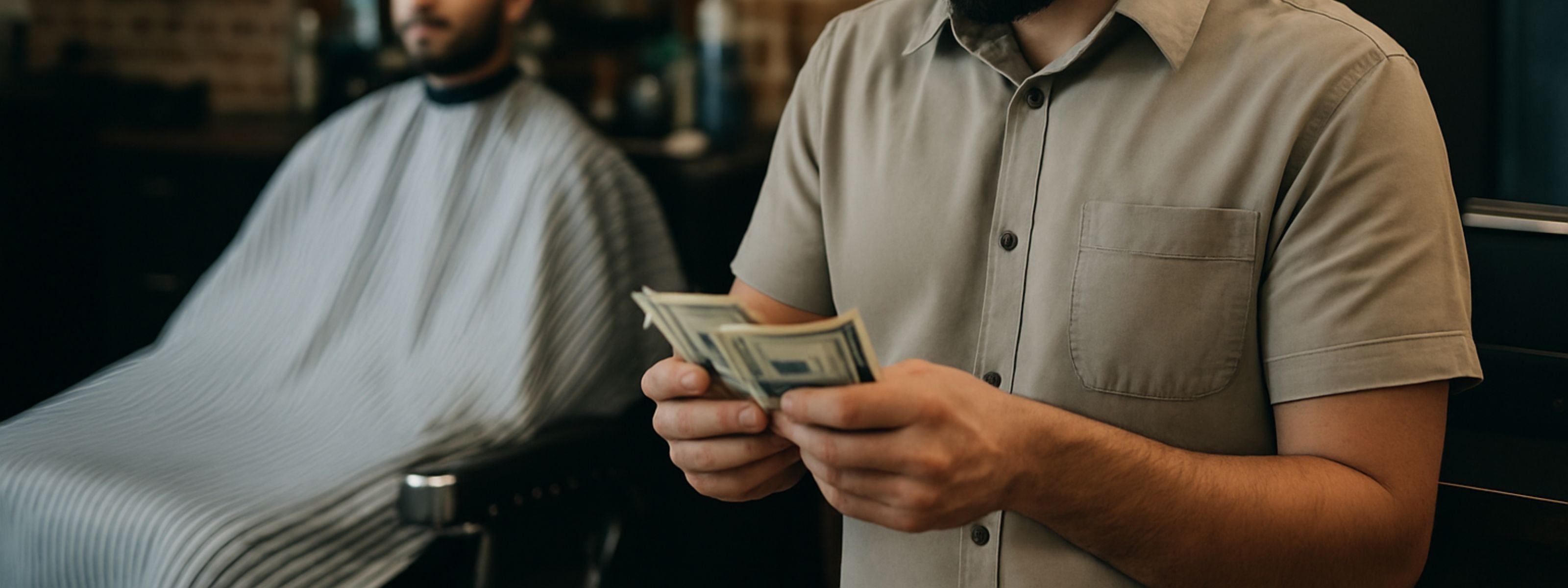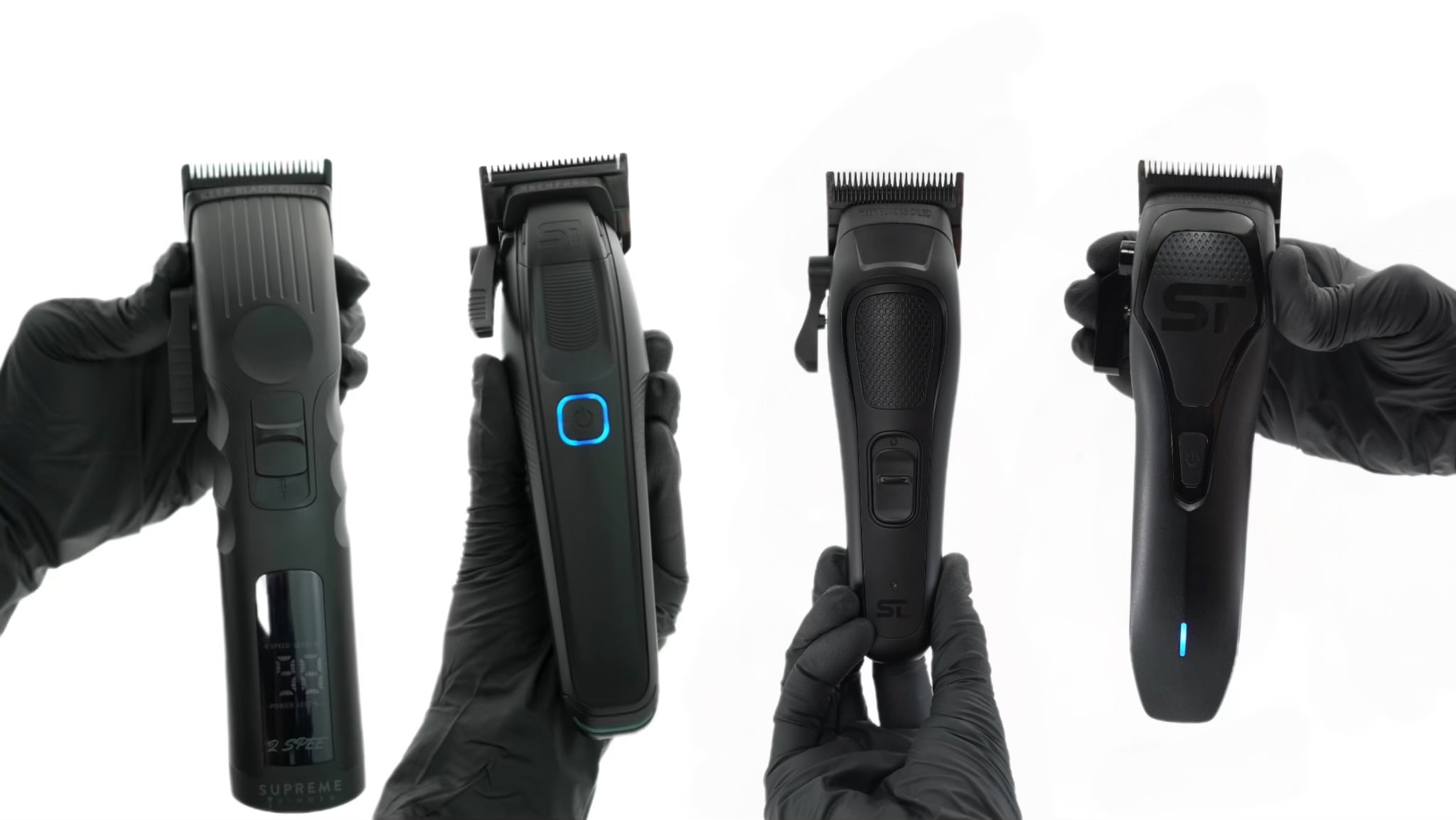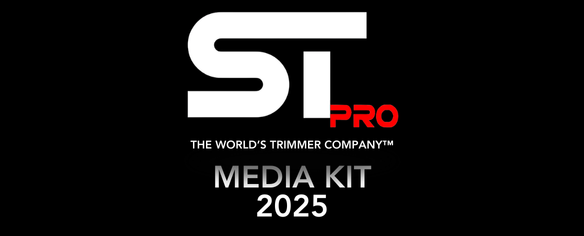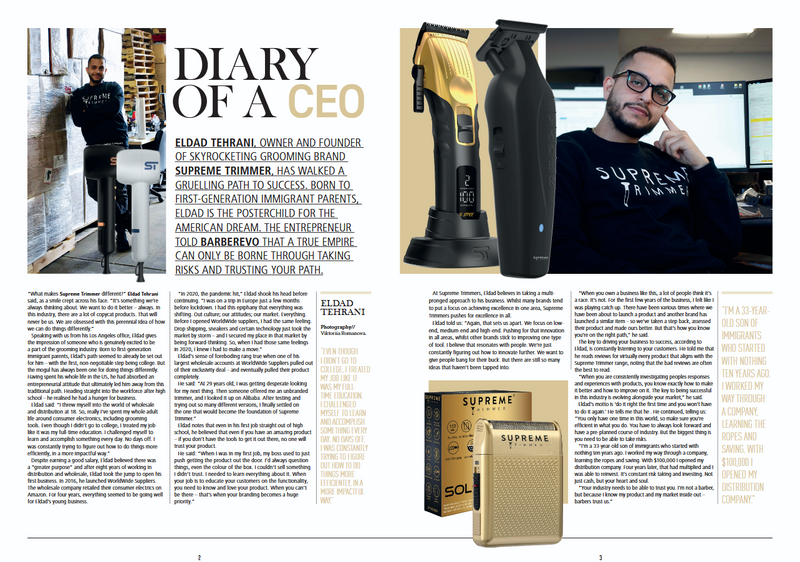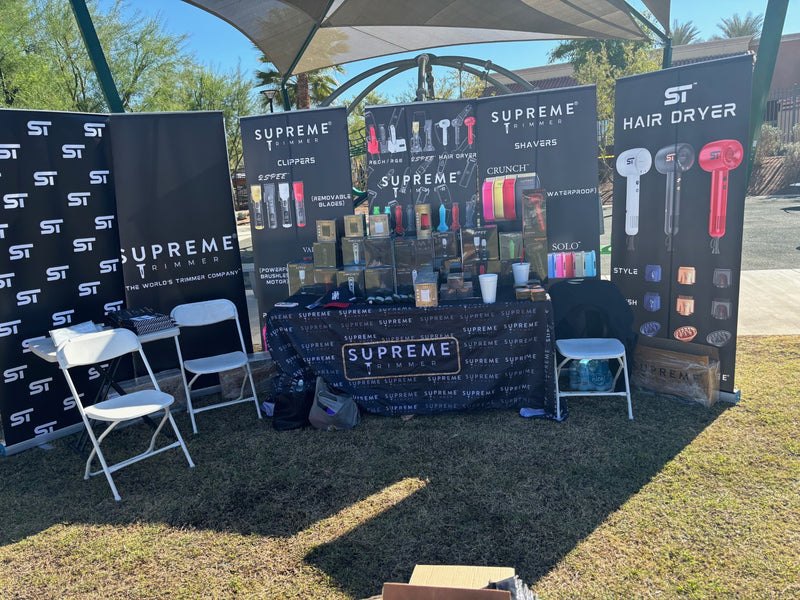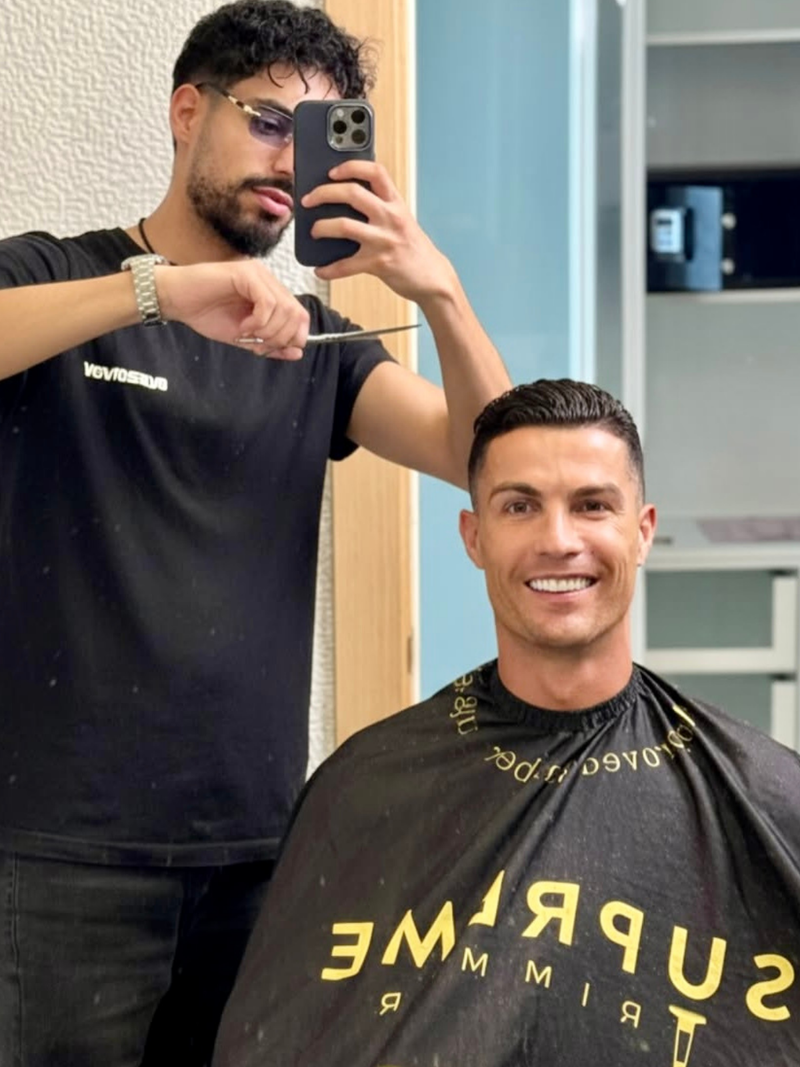Barbering, an age-old profession steeped in tradition, has played a significant role in grooming and styling throughout human history. From ancient civilizations to modern times, barbers have been entrusted with the art of hair cutting, grooming, and even medical practices. In this blog, we embark on a captivating journey through the rich and diverse history of barbering, exploring its origins, transformations, and cultural significance.
1. Ancient Beginnings:
The roots of barbering can be traced back to ancient civilizations. In ancient Egypt, barbers held esteemed positions, performing haircuts, beard shaping, and head shaving. They were also skilled in rudimentary surgical procedures, including bloodletting and minor surgical interventions. Similarly, barbers in ancient Rome were known as "tonsors" and offered services such as hair cutting, shaving, and grooming.
2. Medieval Barbers and Surgeons:
During the Middle Ages, barbers took on additional roles as surgeons, as medical knowledge was often limited. The iconic barber's pole, with its red and white stripes, originated during this period, symbolizing the barber's dual responsibilities. The red represented blood, while the white symbolized bandages or clean linens.
3. The Birth of Barber Guilds:
In the 12th century, barber guilds began to emerge, regulating the profession and setting standards for training and apprenticeship. These guilds ensured that barbers were skilled not only in hair cutting but also in surgical practices, such as bloodletting and wound dressing.
4. The Evolution of Barbering in the Renaissance:
The Renaissance period witnessed significant advancements in art, culture, and grooming. Barbershops became vibrant social hubs, where men gathered for haircuts, shaves, and engaging conversations. The barbers of this era were known for their elaborate hairstyles and facial hair arrangements.
5. The 18th and 19th Centuries: Barbers and Medical Divide:
With the advancement of medical knowledge, the separation between barbering and surgery became more pronounced. The 18th and 19th centuries saw the rise of dedicated medical professionals, leading to a decline in the barber-surgeon role. Barbers focused primarily on hair cutting, grooming, and scalp treatments.
6. The Modern Barbershop Renaissance:
In the 20th century, barbershops regained popularity as cultural and social institutions. They became spaces for men to bond, share stories, and receive tailored grooming services. The traditional barbershop experience, complete with iconic barber chairs, hot towel shaves, and well-crafted haircuts, regained its allure.
7. Barbers in the Modern Era:
Today, barbershops continue to thrive, combining classic techniques with contemporary styles and trends. Barbers have embraced new tools, technologies, and diverse cutting techniques to cater to a wide range of clients. The resurgence of the barbering profession reflects a renewed appreciation for personalized grooming experiences and the craftsmanship of skilled barbers.
The history of barbering is a captivating narrative that spans centuries, intertwining with the evolution of grooming, medicine, and society. From ancient civilizations to the modern era, barbers have left an indelible mark on the world of style and personal care. As the profession continues to evolve, barbers maintain their dedication to craftsmanship, precision, and creating spaces that foster connection and community. The timeless artistry of barbers will continue to shape the world of grooming, leaving an enduring legacy for generations to come.
https://supremetrimmer.com/



